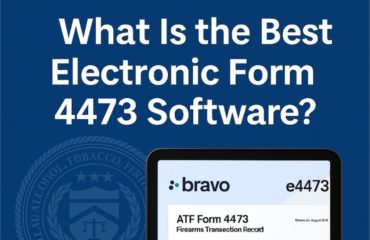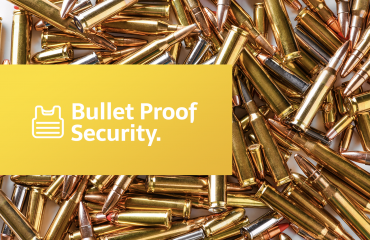
In the highly regulated firearms industry, it’s mandatory to adhere to the regulations set by the Bureau of Alcohol, Tobacco, Firearms, and Explosives (ATF), especially when it comes to the bound book requirements for firearms businesses. A bound book is a record-keeping tool that tracks the acquisition and disposition of firearms, ensuring that dealers operate within the law. This comprehensive record is the foundation of every Federal Firearms Licensee’s (FFL) compliance strategy. It is not just a regulatory necessity—it’s a critical tool for business management and the key to a successful ATF audit.
What to Record: Acquisition Requirements
Every time your FFL acquires a firearm, you must create a detailed and permanent record in your bound book. This entry is a foundational log of the firearm’s entry into your inventory and is a non-negotiable step for compliance. The ATF requires the following information for each acquisition:
- Date of Acquisition: The exact date the firearm was received by your licensed premises. This serves as the official start of the firearm’s life in your inventory.
- Source Information: The full name and address of the individual or company from which the firearm was acquired. This is essential for maintaining a clear chain of custody.
- Firearm Details: Comprehensive information including the firearm’s serial number, manufacturer, model, type (e.g., handgun, rifle, or shotgun), and caliber or gauge. The serial number, in particular, is vital for all tracking and identification purposes.
What to Record: Disposition Requirements
When a firearm is sold or transferred, a corresponding disposition record must be made. This entry closes the loop on the firearm’s journey through your inventory and must be linked to the final transaction. The required details for each disposition include:
- Date of Disposition: The precise date the firearm was transferred to its new owner.
- Transferee Information: The full name, address, and driver’s license number of the person receiving the firearm. Accurate customer information is paramount for legal transactions.
- Firearm Details: The same comprehensive details as the acquisition record (serial number, manufacturer, model, etc.) to ensure a direct match.
- ATF Form 4473 Number: This number is a critical detail as it links the disposition to the background check and official firearms transaction record, providing an auditable trail for the ATF.
Format, Organization, and Technology
While the original Gun Control Act of 1968 referred to a physical “bound book,” the ATF now permits electronic record-keeping, a transformative change for the industry. Whether you use paper or digital records, certain rules apply: entries must be legible, permanent, and kept in chronological order. FFLs must retain these records for at least 20 years, a minimum requirement that highlights the importance of durability and security.
This is where modern technology becomes a game-changer. An electronic bound book, like the ones integrated into Bravo Store Systems and E4473, automates many of these requirements. Digital systems provide immediate error checking, secure off-site backups, and seamless integration with your Form 4473 process, ensuring that every record is accurate and properly stored for decades to come.
Navigating ATF Audits
An ATF inspection is a crucial part of an FFL’s business, conducted by an Industry Operations Investigator (IOI) to ensure compliance. During an audit, your A&D book will be the primary record reviewed. Having an accurate and well-organized record makes this process quick and stress-free. With a digital system, you can pull up records instantly, demonstrate compliance, and focus on running your business rather than sifting through endless paper files. The consequences for non-compliance can be severe, ranging from hefty fines to the revocation of your FFL license.
Ultimately, proactive compliance is key. By meticulously following these A&D bound book requirements and leveraging the right technology from solutions like Bravo Store Systems and E4473, FFLs can ensure they are fully compliant, legally protected, and operating with maximum efficiency.



